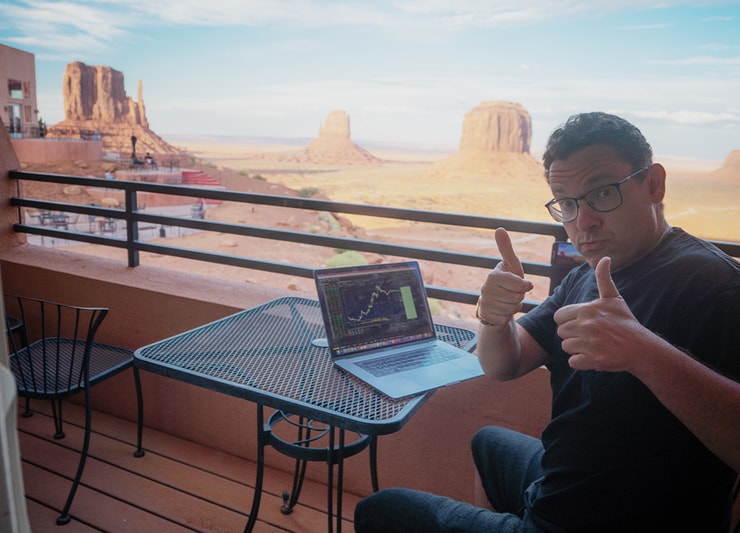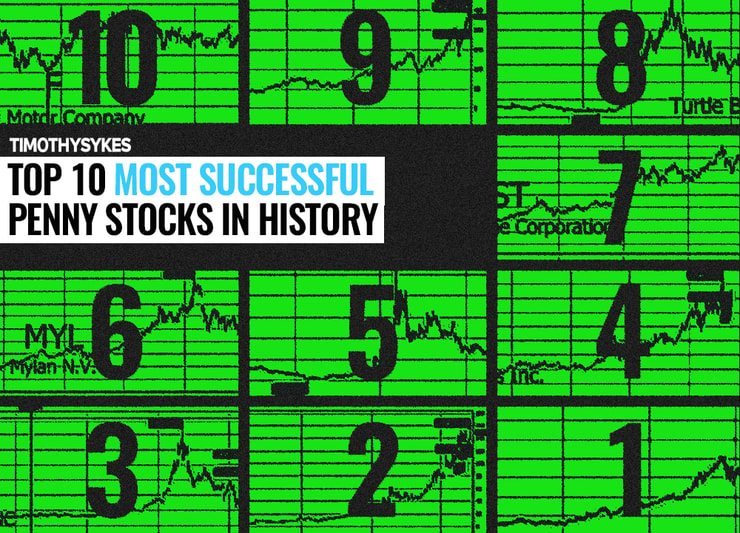Welcome traders,
The idea of making money from trading stocks is exciting.
And why wouldn’t it be??
As a professional trader, I get to travel the world and trade from anywhere. I’m not bound by a 9 to 5 at the office.
That’s often the dream for my students too …
Take a look at the post on X below, this is exactly what I’m talking about:
What Does Quality Over Quantity Mean for Traders?💎 @timothysykes
Get AI Trading Alerts> https://t.co/WewwgWEDU7#TradingInsights #TradingSuccess pic.twitter.com/g7l5xuGtEP— StocksToTrade (@StocksToTrade) October 7, 2024
But … The stock market isn’t an unlimited money machine.
You might want to make a trade, because you’re excited. Especially as we watch these stocks move up and down by hundreds of percentages in a day. It’s easy to want to snag some cash from the market.
But if there isn’t a setup, you’ll probably lose money.
It’s essential that a trader recognizes the difference between a good setup and a bad setup.
It takes some experience to see these patterns in real time.
But instead of randomly wandering through the market, trying to absorb price data on a whim … Follow a structured approach!
That’s why I made the 10-Day Bootcamp.
At the end of my 10-day crash course, you’ll have all the information that you need to capitalize on the market’s hottest setups.
>> Start the Bootcamp today! <<
And for the sake of today’s trade opportunities, let’s make sure that we’re on the same page.
Here’s what’s working right now:
Strong Stock Spikes

2025 Millionaire Media, LLCI’m always using the same framework to trade these runners.
Volatile stocks can follow the same patterns over and over again because people are predictable during times of high stress. Like when they have money in a stock that’s spiking +100%.
The patterns are always the same … But right now, we’re seeing a lot of afternoon spikes and stocks that surge higher during after hours.
See my post on X below:
EVERY SINGLE DAY LATELY WE'RE SEEING A GIANT AFTERHOURS SQUEEZE, FRIDAY WAS $CHSN (props to @thelaptoplegend for going long & making $60k+) and now $AMBO is spiking huuuuuuuuge, whewwwwwww! Thank you over-aggressive short sellers, I'll review your mistakes on my live…
— Timothy Sykes (@timothysykes) October 7, 2024
More Breaking News
Chanson International Holding (NASDAQ: CHSN) spiked 200%* during after hours on Friday, October 4.
Here’s a chart, every candle represents one trading minute (it’s tinted red because the stock was halted when I took this screenshot):

In a similar move on Monday, October 7, Ambow Education Holding Ltd. (AMEX: AMBO) spiked 240%* from 1 P.M. Eastern into after hours.
Here’s a chart:

My students and I are in a perfect position to profit off of these runners.
But it requires patience! We need the wait for the right setup.
Moe knows exactly what I’m talking about. See their post on X below:

We have to wait for the stock to match our framework. Otherwise we’re just gambling on stock movements.
And gamblers get eaten alive out here.
To truly test your patience as a trader, I have a test for you …
Wait until Friday to trade.
There’s a lot of volatility all week long, but the biggest moves usually come on Friday afternoon, as stocks approach the weekend.
And thanks to the incoming weekend, we often see a very specific pattern manifest in the market on Fridays.
This price action starts to set up on Friday afternoon. Make sure you’re paying attention around 3 P.M. Eastern.
My video tutorial is below, burn this pattern into your brain:
Control your urge to overtrade this week.
Instead, start the 10-Day Bootcamp and get ready for a Friday setup!
Focus on the process. Not the profits.
Cheers.
*Past performance does not indicate future results








Leave a reply